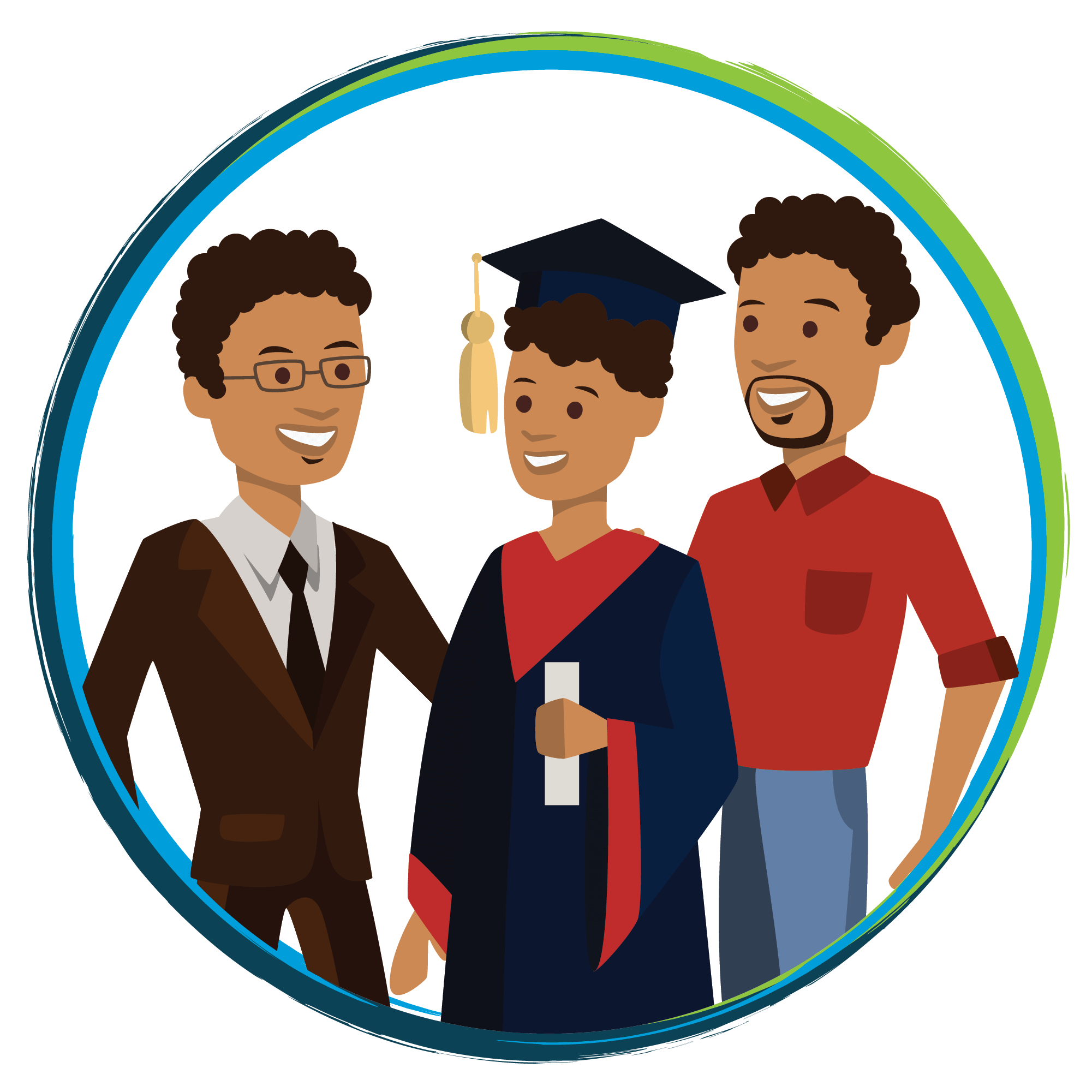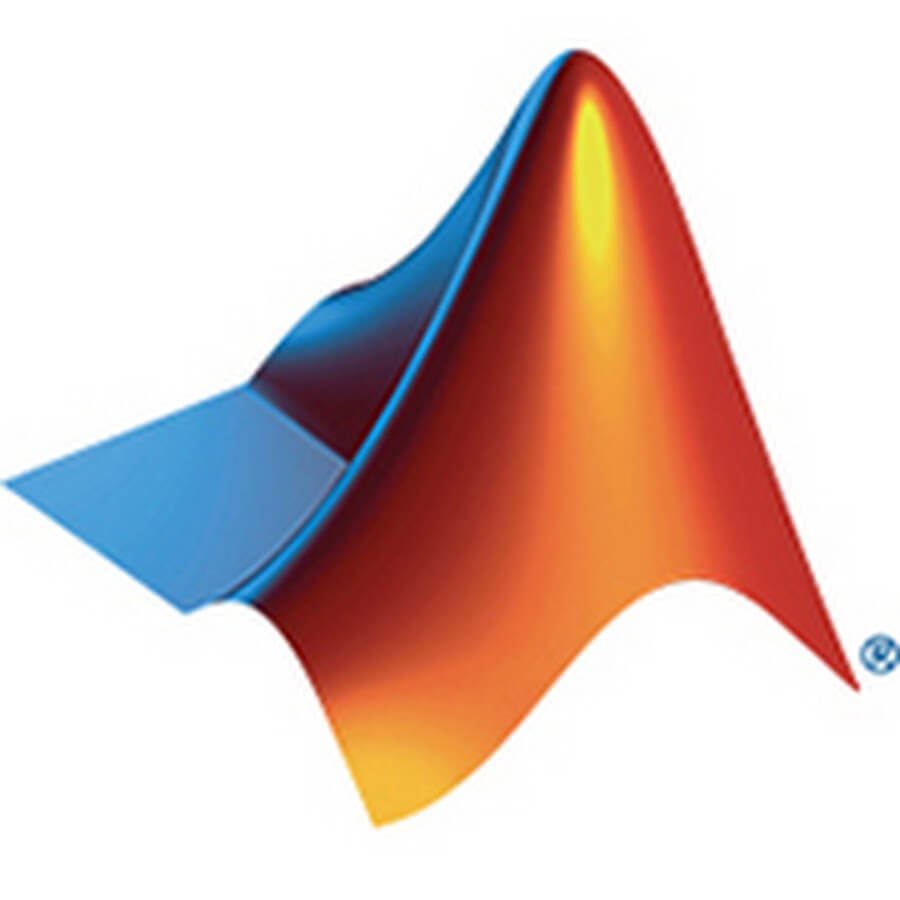The SCHEMATIC Initiative offers advanced, high quality STEM projects designed to provide expanded experiential learning to high school students in the STEM Center’s partner schools. Through partnerships with organizations such as Mathworks, The Coding School, Inspirit VR, and the Krause Center for Innovation, SCHEMATIC gives students opportunities to participate in STEM areas such as robotics, drones, aerospace and astronautical engineering, sensing, semiconductors, applied mathematics, MATLAB, AR/VR, quantum computing, AI, coding and advanced applied technology. High school students work with USC Viterbi undergraduate and graduate students in partnership with their high school teachers to explore various topic areas.

Programs Offered
Through presentations and activities, students learn the fundamental STEM concepts necessary for the basis of understanding required to move on to the advanced projects. For instance, before building an autonomous sensing robot, students learn mechanics and sensing through a series of activities. Before building a remote control plane, students learn the fundamentals of flight.
Once students demonstrate an understanding of the basics, they are given complex tasks to build their STEM self-efficacy in their selected topic. Through these project-based learning tasks, students develop a level of proficiency in the topic area that enables them to achieve benchmarks set by the USC students. Once proficiency is reached, the students move on to self-directed projects.There are two types of self-directed projects:Problem-based learning, and Challenge-based learning.

Problem-based Learning
In problem-based learning projects, the students create prototype models of real-world solutions to real world problems. As an example, a student or team of students would create a proof of concept model of drone that could map temperature differentials in a neighborhood.

Challenge-based Learning
In challenge-based learning projects, a student develops a solution to a real world problem that the student is interested in. For instance, a student develops a computer program that helps elementary school students in a local school gain a better understanding of fractions.





